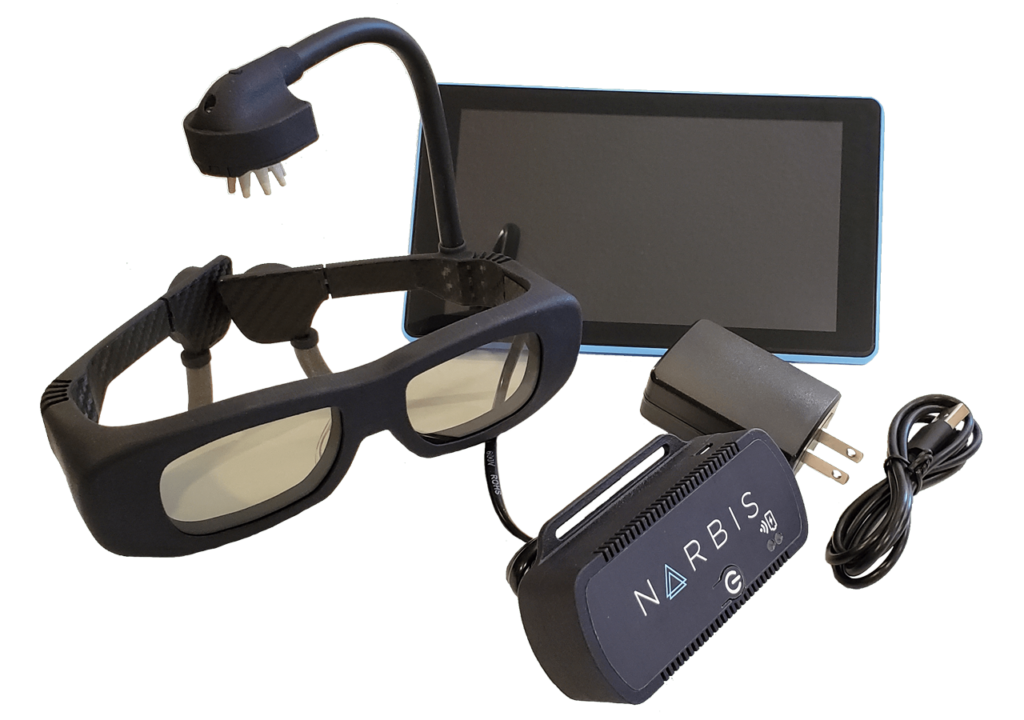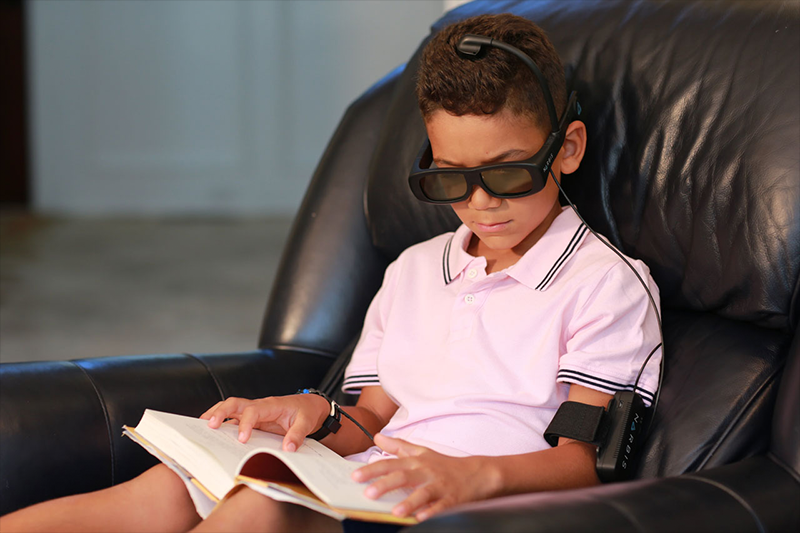As the 2020-21 school year inches closer, school districts and parents are grappling with the uncertainty of how to continue with the children’s academic future. The reality is many students will likely be staying home this fall and continuing with distance learning.
After perusing the latest communication from their child’s school, millions of parents across the country have had some form of this conversation: What virtual learning option is best for our child? Many school districts are offering a choice of going virtual for all learning or some sort of hybrid in-person / distance learning program, ushering with it a barrage of back-to-school commercials pushing hand sanitizer and face masks rather than the usual parade of sweaters and shoes.
In any event, virtual learning is more likely than not to play a role in your child’s education. And while that school supply list might have a couple different items on it, much of the usual school year prep remains: get physicals, pick up some fresh pencils, and finish up that summer homework packet.
For kids with ADHD, or those kids who simply have trouble focusing, spending time away from the structure of a classroom environment can exacerbate attention issues.
How can teachers and parents help?
- Video games claiming to treat ADHD are hitting the market, but are coming under fire for making misleading claims.
- Medication comes with its own concerns over side effects and costs.
- There is another option, however: Narbis; at-home smart glasses that use neurofeedback to measure brain activity and help kids with attention disorders.
Sensors in the Narbis glasses and a NASA-patented algorithm track how relaxed, distracted, and focused you are to help the brain practice focus and attention.

- One child who used Narbis noted that it cut his homework time in half.
- Narbis is NOT a video game.
- Kids use Narbis while doing activities like reading, studying, or other activities that are typically challenging for someone who has problems keeping attention.
How it works: With Narbis, worn two or three times a week for 30 minutes while working on a computer or doing homework, the lenses darken when the sensor detects the wearer is getting distracted. When the wearer focuses back on the task at hand, the lenses return to their normal tint.
Why it’s a breakthrough: It’s a novel feedback mechanism for neurofeedback. One of the biggest shortcomings of previous neurofeedback technologies has been their inability to be used in real-life situations, since many of them require the user to stop what they’re doing and stare at a screen.
In other words, you could either use a neurofeedback tool or study — but not both at the same time.
Narbis, on the other hand, brings neurofeedback into real-life activities, allowing kids to practice attention within the context of their daily life — like doing homework — saving time. This is important because it allows practicing attention during the activities that are most relevant.
Staying focused during the school day — whether at home, in a classroom, or some combination of both — can be a struggle. Narbis could be just the back-to-school item that will bring a bit of focus and calm to your child’s studies this school year and beyond.
Interested? Visit the Narbis home page to learn about how your child can learn to get focused at home, in the classroom, or anywhere.







